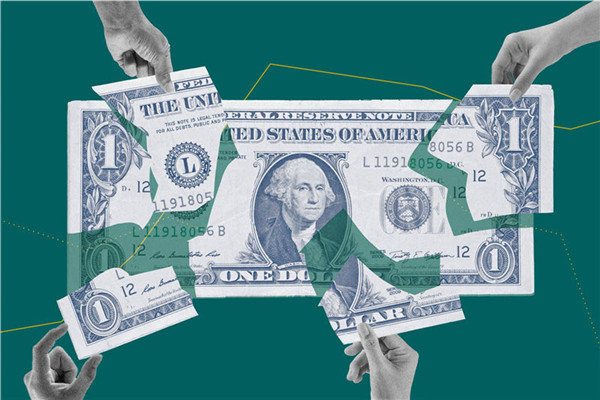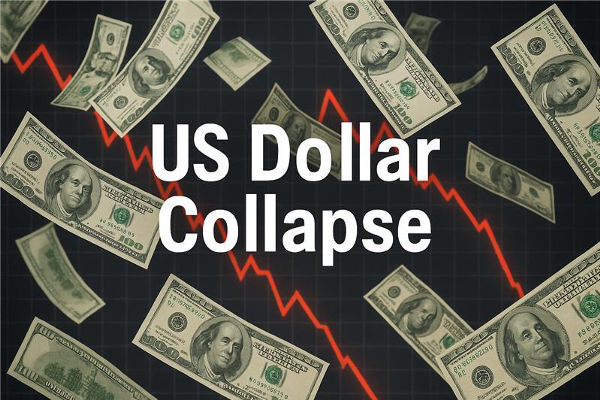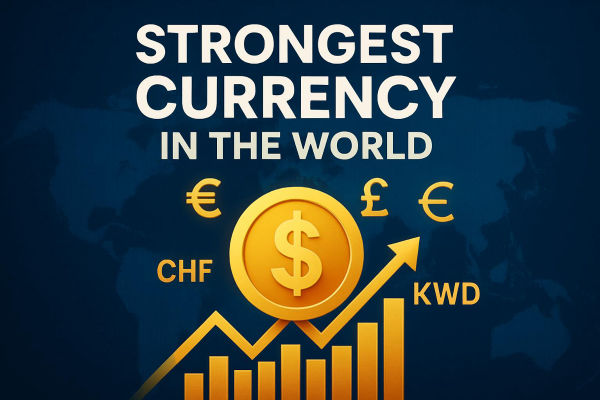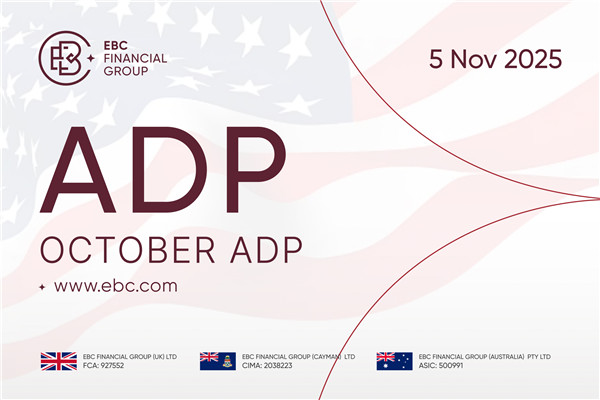Dedollarization refers to the process of a country or region reducing or
completely abandoning the use of the US dollar as its primary currency. This
usually occurs when a country or region believes that relying on the US dollar
has some negative effects or risks. Some countries or regions may decide to
dedollarize in order to reduce dependence on the US economy, protect their
economic independence, or reduce the risks and instability caused by foreign
exchange fluctuations.
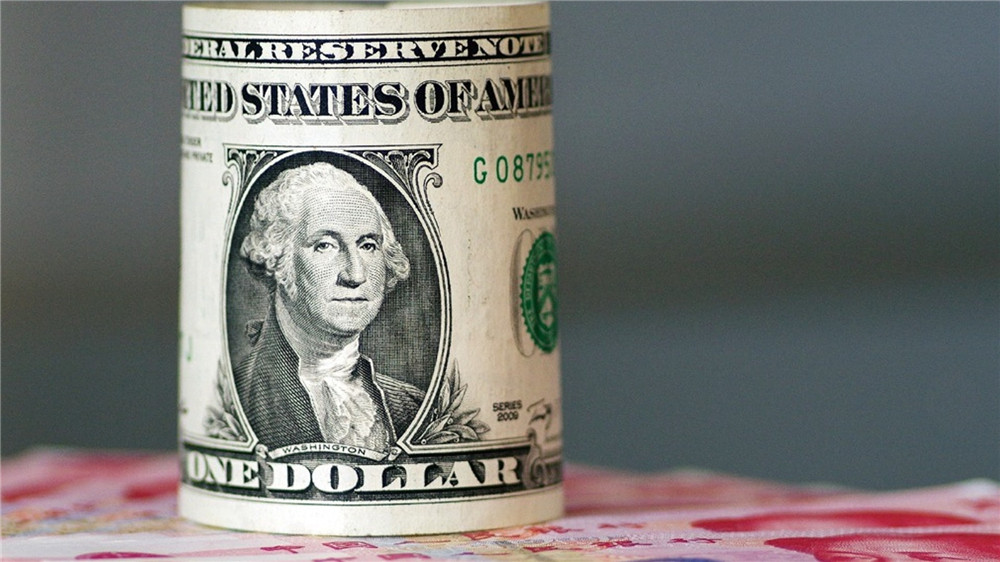
The process of dedollarization may include the following aspects:
1. Cancel or reduce the use of the fiat money status of the US dollar: Some
countries may cancel the status of the US dollar as fiat money to make their own
currencies more widely used in China.
2. Increase the proportion of using other currencies: The country may promote
the use of other currencies, such as the euro, renminbi, or yen, as a proportion
of international trade, investment, or reserve currencies.
3. Conduct bilateral or multilateral trade settlements: Countries may promote
the use of their own currency or other non-US dollar currencies for trade
settlements to reduce dependence on the US dollar.
4. Promote the internationalization of domestic currency: Countries may
reduce their dependence on the US dollar by promoting the internationalization
of their currency and making it more widely used in international trade and
financial activities.
5. Diversification of increasing foreign exchange reserves: The country may
reduce its holdings of foreign exchange reserves in the US dollar and increase
its holdings of other currencies to reduce the risk of foreign exchange
fluctuations in the US dollar.
However, dedollarization is not an easy task. The US dollar, as the global
reserve currency and the main settlement currency for international trade, has a
strong and widely accepted position. Therefore, a country or region needs to
face many challenges to achieve dedollarization, including reforming the
financial system, improving currency stability, increasing the liquidity and
convertibility of its own currency, and so on. In addition, international
economic and financial cooperation is also an important factor in achieving
dedollarization, requiring cooperation and coordination with other countries and
regions.
In short, dedollarization is the process of a country or region gradually
reducing its dependence on the US dollar, aimed at protecting the stability and
independence of its own currency. Although achieving de-dollarization faces many
challenges, through measures such as reforming the financial system,
strengthening currency stability, and promoting the internationalization of its
own currency, a country or region can gradually reduce its dependence on the US
dollar and enhance the status and influence of its own currency.








